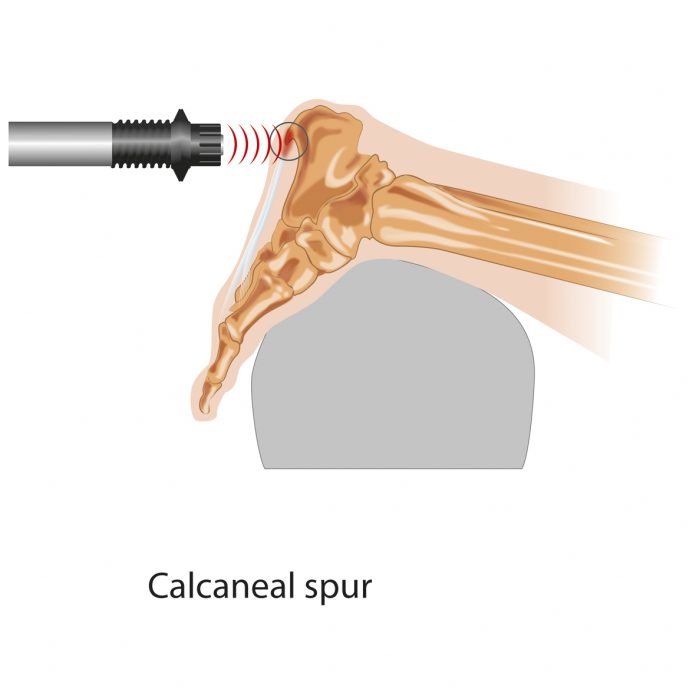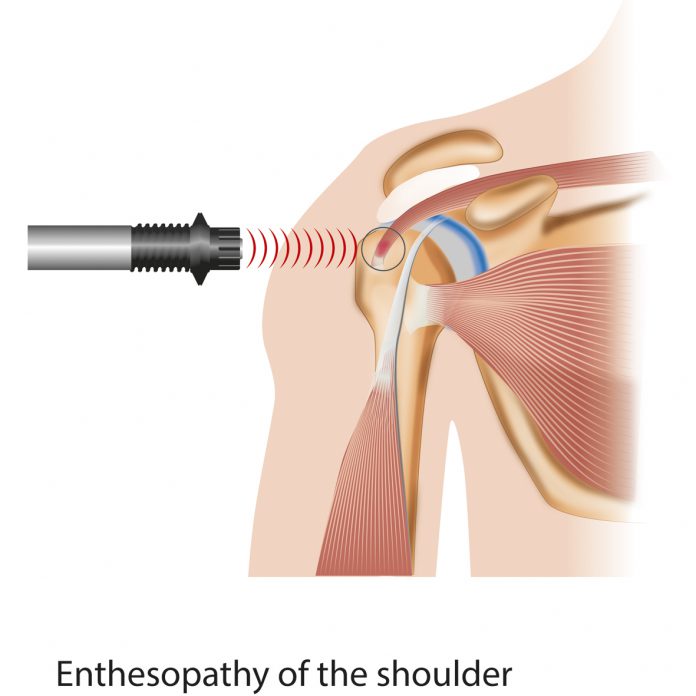The radial shockwave or RSWT, that is Radial Shock Wave Therapy, is a therapy that has a remarkable success in many clinics and physiotherapy studies. It has its supporters and opponents but its effectiveness in some disorders is indisputable.
What is a shockwave and what has it in common with physiotherapy
The shock wave is a phenomenon known to all of us. In nature, atmospheric discharge arises and it is possible to hear it at a great distance. An airplane that exceeds the sound barrier also produces a shock wave. Describing this phenomenon from the physical side, it is a rapid increase in gas pressure with a very high amplitude. The shock wave transfers energy over long distances and its strength can be demonstrated by the fact that lightning makes the window shake even in places far from where the discharge occurred.
Taking into account the parameters of the focused shockwave therapy, it can be stated that locally the values of its impacts are comparable with the parameters of the shock wave. However, the scale of this phenomenon should be remembered. The total energy transferred from the device to the FSWT is much lower than the energy of the shock wave found in nature. The concept in question was therefore adapted to physical therapy, using this nomenclature in relation to FSWT.
Radial Shock Wave Therapy – description
The FSWT focused shockwave therapy devices were created as first. As a result of the search for interactions that could be used in devices with lower production costs than a focused shockwave therapy ones, a structure was created in which a projectile, powered by air or electromagnetically accelerated, hits the transmitter that constitutes the application part. The applicator has the shape of a gun, terminated by the transmitter mentioned above. The wave created in this way is not a shockwave. Considering its parameters, it is a pressure wave. However, due to the spread of the name “shock wave” and the fact that the gun actually fires a shot, the name Radial Shock Wave or RSWT (Radial Shock Wave Therapy) came into use.

Calcaneal spur treated by shockwave
Treatments with a radial shockwave are performed in contact with the patient’s tissue (skin). The coupling agent is the gel. Its wavefront begins at the transmitter application point and radiates from this point radially. The highest energy density for RSWT is on the skin in the area of application. The value of the transmitted energy decreases depending on the depth of the fabric.
Radial Shock Wave Therapy – problems of nomenclature
We are often faced with the acronym ESWT, which is Extracorporeal Shock Wave Therapy. The term refers to the wave production method. In this case, it is generated outside the human body. Regardless of whether we are talking about RSWT or FSWT, the wave is produced outside the human body (ESWT).
Radial Shock Wave Therapy – parameters
The radial shockwave lasts between 0.2 ms and 5 ms. The local pressure for this wave is 1 MPa.
Radial Shock Wave Therapy – Biological and physical impact
Considering the essence of the generation of pressure waves, we know that this wave transmits vibrations in the fabric. The vibrations cause:
- acceleration of the micro-flow
- increased metabolism

Enthesopathy of the shoulder treated by shockwave
According to the available materials, there are no scientific data describing the biological activity of this interaction. The practice, however, shows a very high effectiveness of the treatments. In the best way two areas of application are described:
- enthesopathies
- myofascial pains
Find out more about shockwave therapy:
